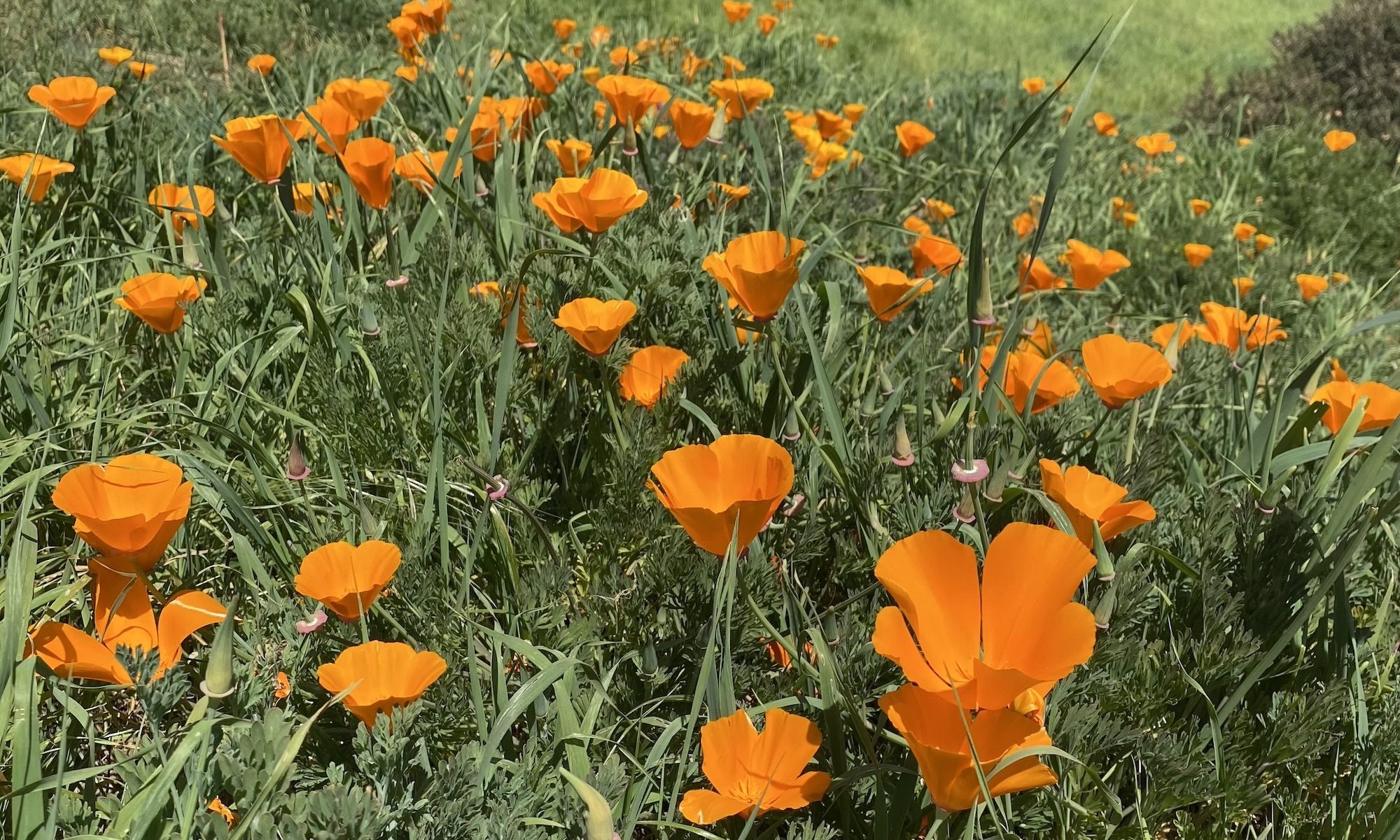In a previous post I discussed how researchers love to use jargon. This field-specific language makes conversation with colleagues easier. It also makes researchers very difficult to understand.
I’ve been trying to avoid using the jargony phrase “gene expression” lately. I find this phrase fascinating because it’s baffling at face value. We express emotions. We use expressions. We can even send express mail. So what the the heck is “gene expression.”
Expressing a gene is probably most like expressing an emotion. When I express emotions (see quick sketches below), I often contort my face to display my mental state. Non-physical information (my mental state) takes on a physical form in the contours of my face.

When a cell “expresses a gene,” it reads the instructions in the gene. It then uses these instructions to create cellular parts. Once again, non-physical information takes on a physical form.

Emotional expression takes comes in many varieties. Some people draw, compose, or even cook. Similarly, gene expression can change many different cellular attributes. Expressing a gene may cause a cell to change color. Expressing a gene may make a cell move. Expressing a gene may even enable a gene to absorb nutrients. Cells live and die by gene expression!



